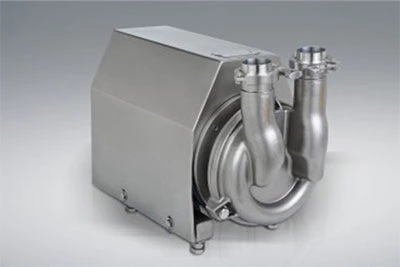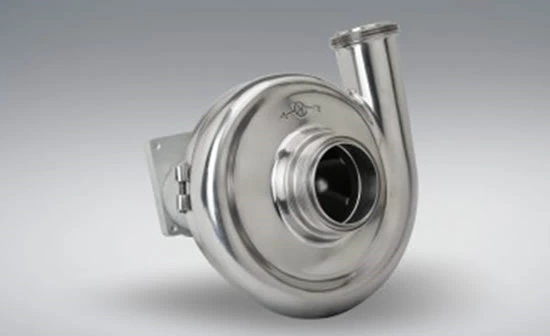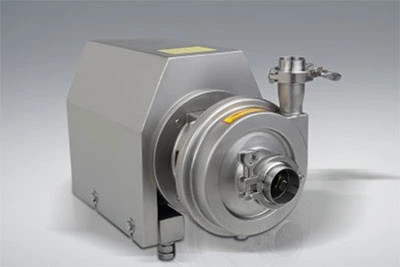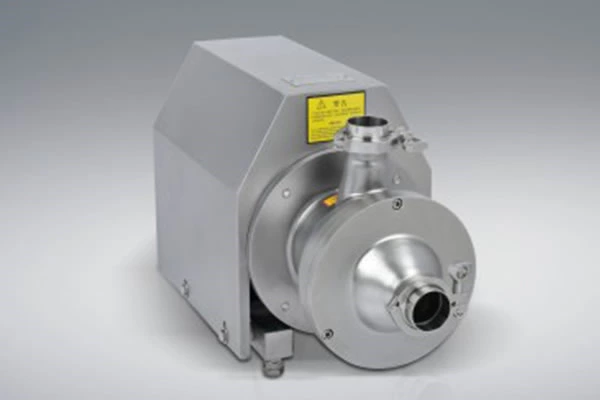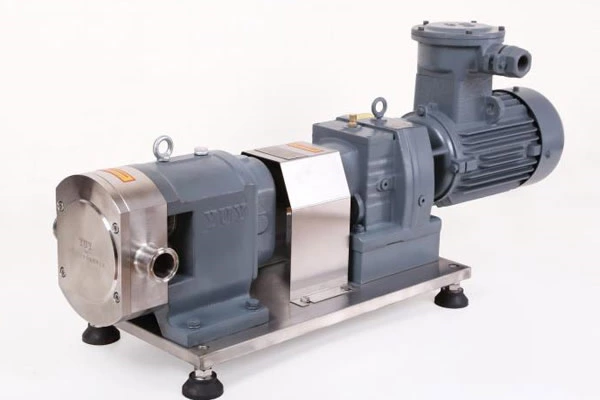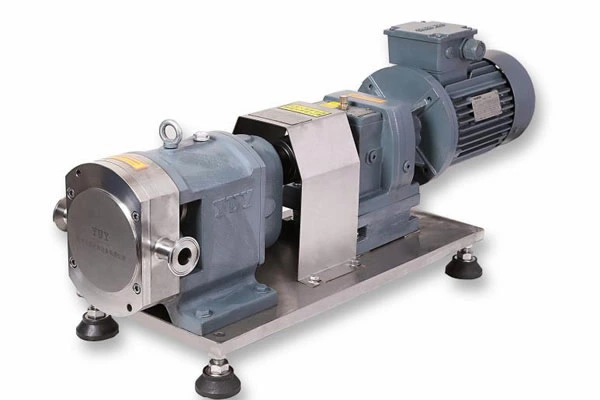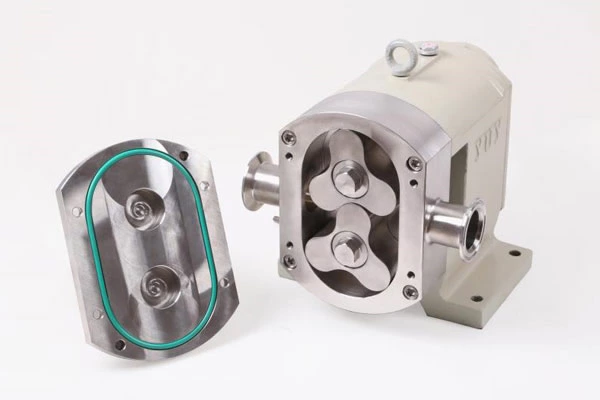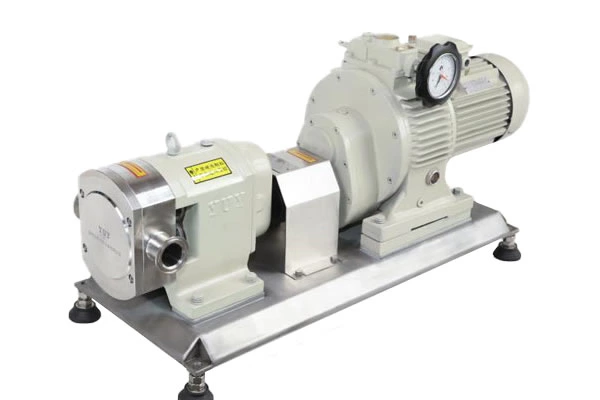What are the water filling methods for sanitary pumps?
Sanitary pumps (except self-priming pumps ) must be filled with water before starting, otherwise the pump will not work. The centrifugal pump does not produce water after it is started, which is often caused by the fact that the air in the pump has not been drained and the water has not been filled.
There are two main water filling methods before starting: one is to use the assembled bottom valve to fill the water. The bottom valve is a one-way valve and is installed at the inlet of the water inlet pipe. The disadvantage of this method is that the bottom valve has a large head loss, which affects The device efficiency of the water pump; the other is water filling without a bottom valve. The biggest advantage of this method is energy saving, which can save energy by 10% to 15% compared to a pump station with a bottom valve. The following introduces several water filling methods of centrifugal pumps for users to choose when running the pump.
■Self-diversion and water-filling method: For semi-submerged pump houses (that is, the pumping station where the height of the inlet pipe and the top of the pump are below the water surface of the inlet pool), water can be introduced into the pump by itself without manual irrigation. The disadvantage of this type of pumping station is that it does not make full use of the pump's water absorption capacity, and the installation height of the pump is reduced, which not only increases the amount of foundation excavation, but also has less convenient operation and management; but the advantages are also obvious, that is, it is easy to realize the pumping station. Automation and timeliness is strong.
■Manual water filling method: For small pumping stations with a water inlet pipe diameter of less than 300mm, a bottom valve is usually installed at the inlet of the water inlet pipe. The manual water filling method is generally used, that is, from the special water filling and exhaust hole on the upper part of the pump housing. A water-filled funnel (or an inverted ordinary bottle with the bottom of the bottle removed) is filled with water. For small pumping stations with the inlet pipe diameter less than 300mm, the inlet of the inlet pipe is usually equipped with a bottom valve, and the pump can also be filled with water from the outlet pipe of the pump (pumping station with short outlet pipe). Since there is no need to purchase other water filling equipment, this kind of water filling method is more common in the current small rural pumping stations.
For small pumping stations that do not have bottom valves or check valves and have short pipelines, it is also possible to start up while filling the water pump from the outlet of the water outlet, so as to gradually take out the air in the pump and pipeline. , Generally, after a few minutes of continuous water filling, the water pump can work normally.
■ Vacuum water tank filling method: For small pumping stations without a bottom valve, the vacuum water tank filling method can be used. The vacuum water tank is a closed water tank made of iron sheet welding. Its volume is at least 3 times the volume of the water inlet pipe. The location of the water tank should be as close as possible to the pump, and the bottom height of the water tank should also be slightly lower than the axis of the pump. The height of the vacuum water tank is generally twice the diameter of the water tank.
Before starting the pump, fill the water tank with water to seal it. After the water pump is started, the water pump enters the water from the vacuum tank. As the water level of the water tank drops, a certain vacuum is formed in the water tank. The water in the water tank will enter the water tank through the water inlet pipe under the action of atmospheric pressure, thus forming a water circulation, so that The water pump starts to operate normally.



